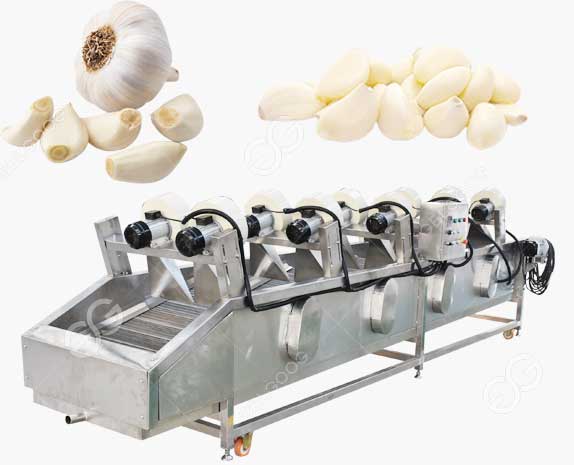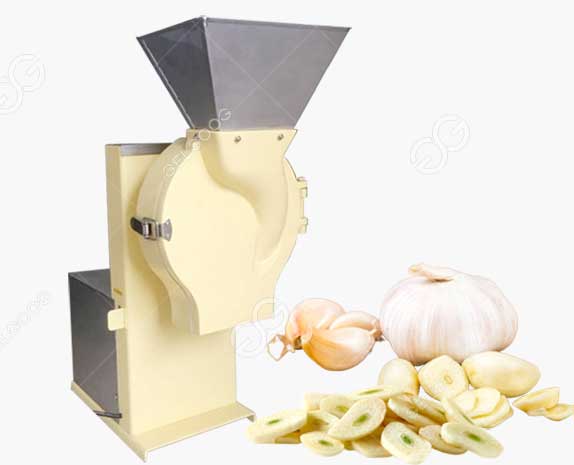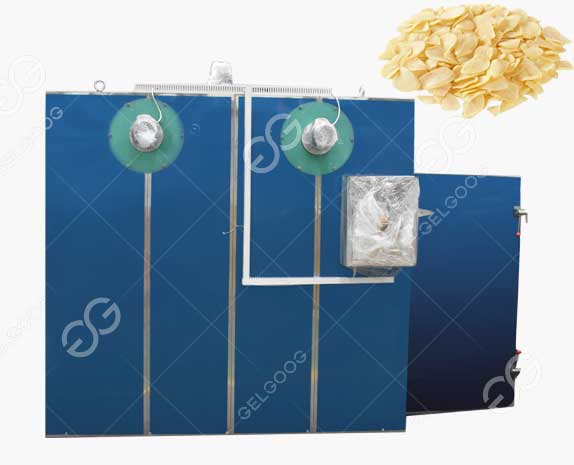Garlic powder is a pantry essential, sprinkling its magic into soups, marinades, and snacks worldwide. But have you ever wondered how fresh garlic transforms into that fine, aromatic powder? Let’s step inside a garlic powder factory to uncover the fascinating journey from bulb to shelf—a blend of tradition, technology, and meticulous care.
From Clove to Powder: The Production Process
1. Harvesting and Selection
It all begins in sun-drenched fields where garlic bulbs are harvested at peak maturity. Only the healthiest, plumpest bulbs make the cut. These are transported to the factory, where outer layers are mechanically peeled, and cloves are inspected for quality. Any damaged or blemished cloves are discarded to ensure purity.
2. Cleaning and Slicing
Next, cloves undergo rigorous cleaning. High-pressure jets remove dirt and debris, followed by sanitizing washes. The pristine cloves are then sliced thinly to maximize surface area for drying.
3. Dehydration: Locking in Flavor
The slices enter industrial dehydrators, where they’re dried at controlled temperatures (around 60–70°C) to preserve their pungent oils. This slow drying prevents scorching, turning brittle slices into concentrated flavor capsules.
4. Milling and Sifting
The dried garlic is ground into a fine powder using stainless steel mills. The powder is sifted through mesh screens to achieve uniform consistency. Some factories produce multiple grades, from coarse to ultrafine, catering to diverse culinary needs.
Why Garlic Powder? The Benefits
Garlic powder isn’t just a convenient alternative to fresh garlic—it’s a flavor powerhouse. With a shelf life of up to three years, it resists spoilage and saves prep time. Its concentrated taste (¼ teaspoon ≈ 1 fresh clove) offers consistency, ideal for rubs, sauces, and baked goods. Plus, it’s a gluten-free, low-calorie enhancer loved by home cooks and food manufacturers alike.
Inside the Factory: Technology Meets Precision
Modern factories blend automation with human oversight. Conveyor belts shuttle garlic between stages, while workers in hairnets and gloves monitor hygiene. Quality control labs test batches for moisture content, microbial safety, and flavor potency. Advanced facilities might use X-ray scanners to detect foreign particles, ensuring every jar meets global food safety standards like ISO or HACCP.
Sustainability and Global Impact
Sustainability is key. Peels and waste often become compost or animal feed. Energy-efficient dehydrators and water recycling systems minimize environmental footprints. Some factories even repurpose garlic byproducts into supplements or biodegradable packaging.
Globally, China leads production, supplying over 80% of the world’s garlic, while the U.S. and Spain excel in premium exports. Demand surges as processed foods and international cuisines rise—think Italian pastas, Indian curries, and American seasoning blends.




